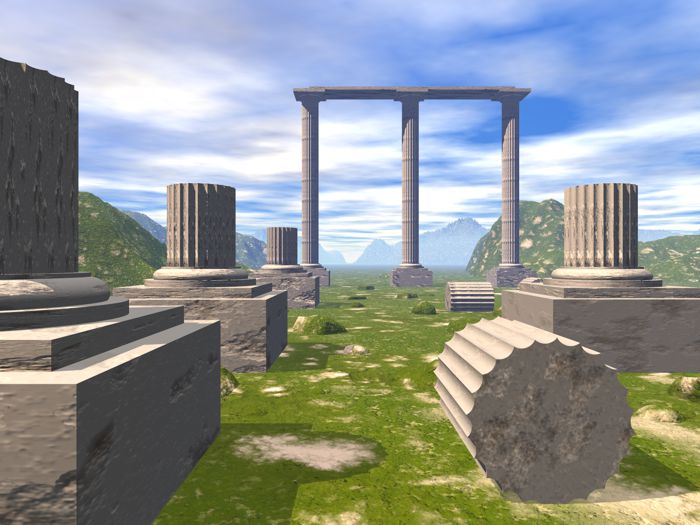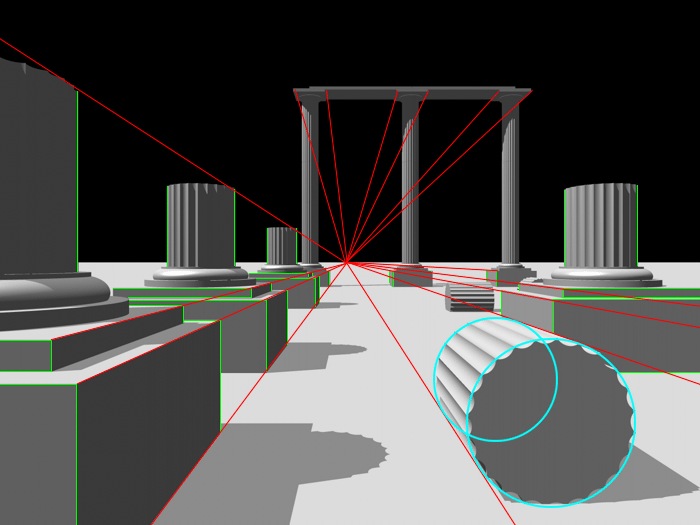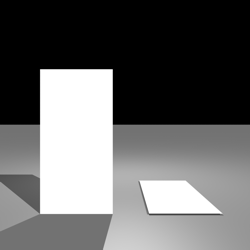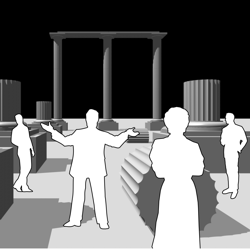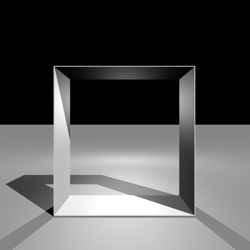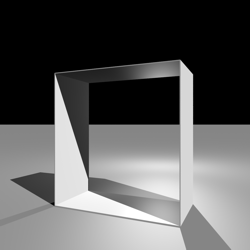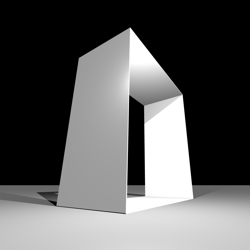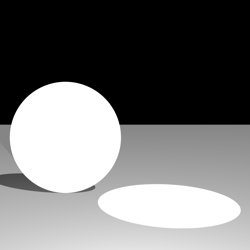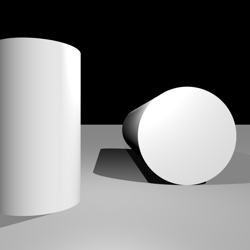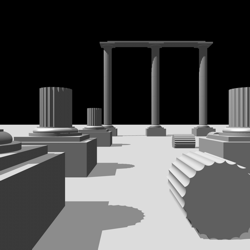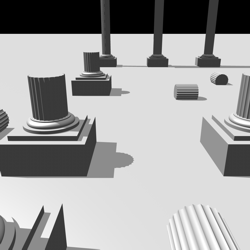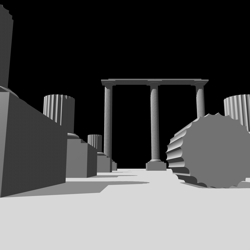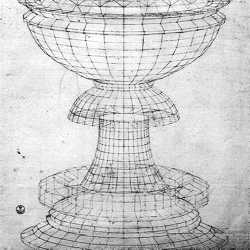Perspective Drawing
Perspective Drawing is a technique used in art and design to represent three-dimensional images on a two-dimensional picture plane.
(swipe the image back and forward to view)
Perspective Drawing is a technique used to represent three-dimensional images on a two-dimensional picture plane. In our series of lessons on perspective drawing we explain the various methods of constructing an image with perspective and show how these are used by artists and illustrators.
"Perspective is to painting what the bridle is to the horse, the rudder to a ship……………..There are three aspects to perspective. The first has to do with how the size of objects seems to diminish according to distance: the second, the manner in which colors change the farther away they are from the eye; the third defines how objects ought to be finished less carefully the farther away they are." (Leonardo da Vinci)
Perspective was developed in the 15th century by the architects, Leon Baptista Alberti (1404-72) and Filippo Brunelleschi (1377-1446). For 500 years, perspective drawing remained one of the basic principles of Western art until it was challenged by the ideas of the Cubists at the start of the 20th century. Whether you are working with conventional materials such as pencils and paints or contemporary digital media, a knowledge and understanding of perspective drawing remains an essential tool to help you enhance your drawing technique.
There are two main elements in perspective drawing:
- Linear Perspective which deals with the organization of shapes in space.
-
Aerial Perspective (also called Atmospheric Perspective) which deals with the atmospheric effects on tones and colors. See our separate painting lesson on Aerial Perspective.
You can see how both of these elements work in our illustration of some ancient ruins. The black and white image displays an example of Linear Perspective. It shows some of the lines of construction used to arrange the blocks and columns to create an illusion of depth and distance.
If you swipe across the black and white image it will reveal a colored and textured rendering of the scene. This displays the atmospheric effects of Aerial Perspective. You can see how the tones weaken and the colors pale as they recede from your view. Both linear and aerial perspectives combine to create this convincing illusion of three dimensions on a two dimensional plane.

